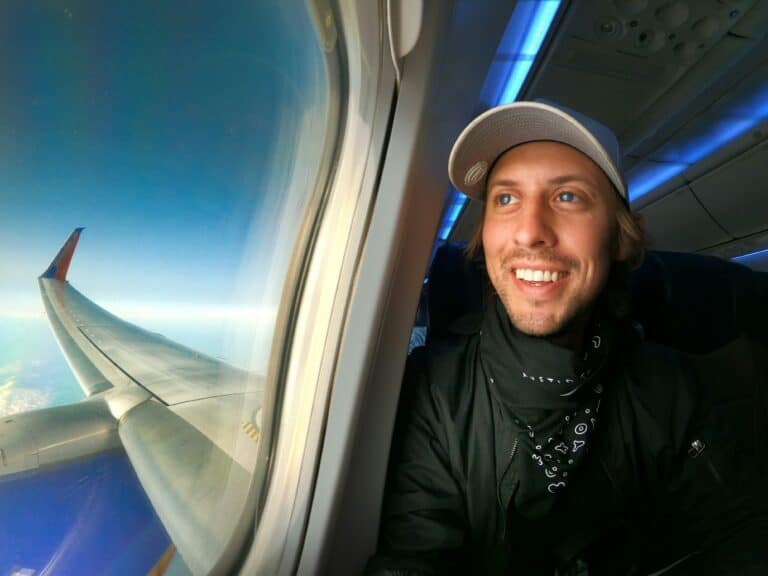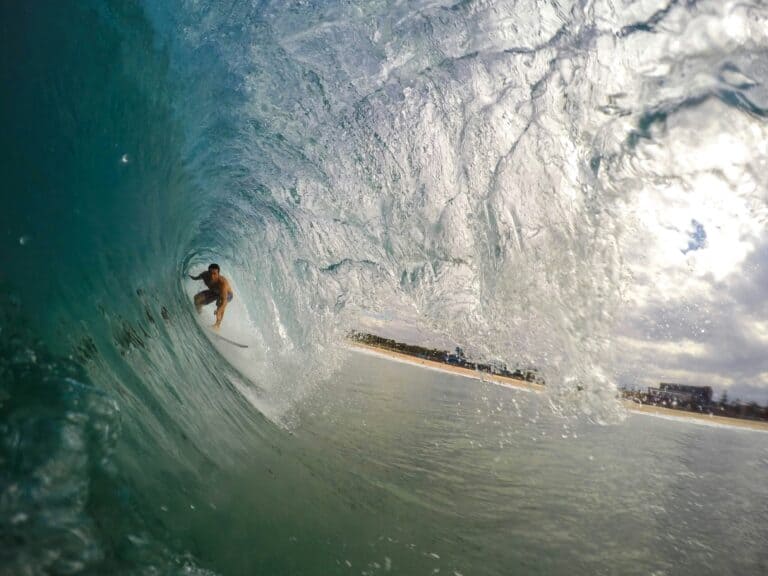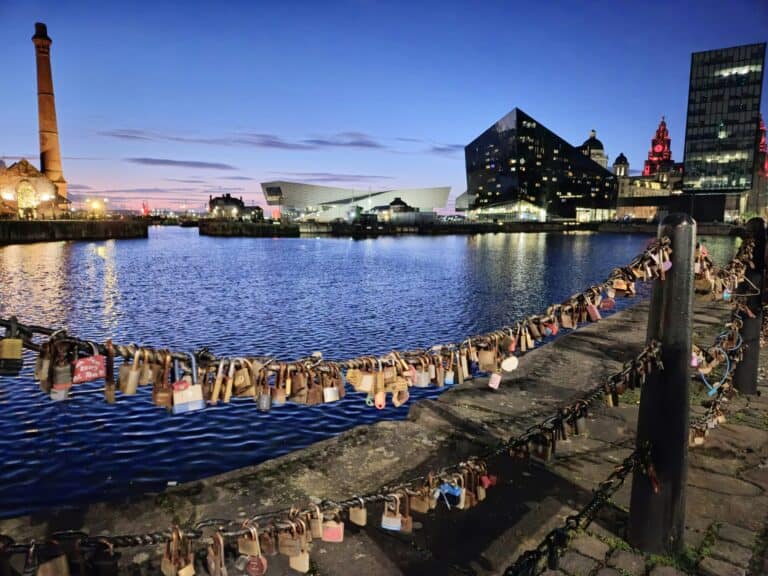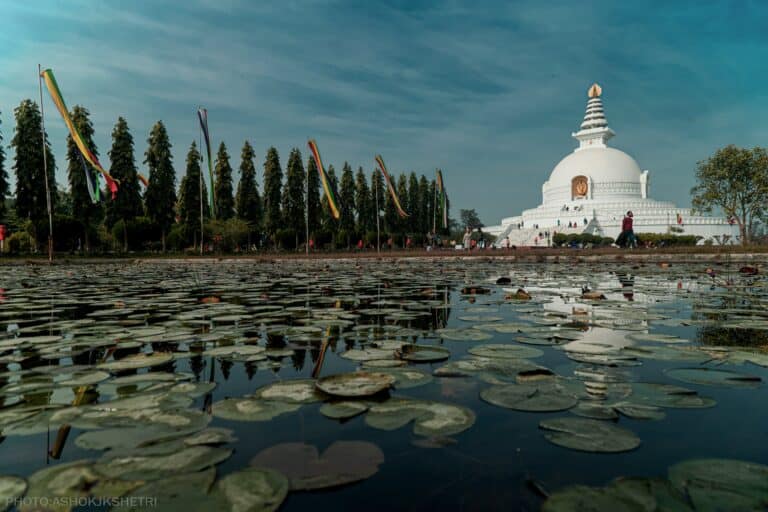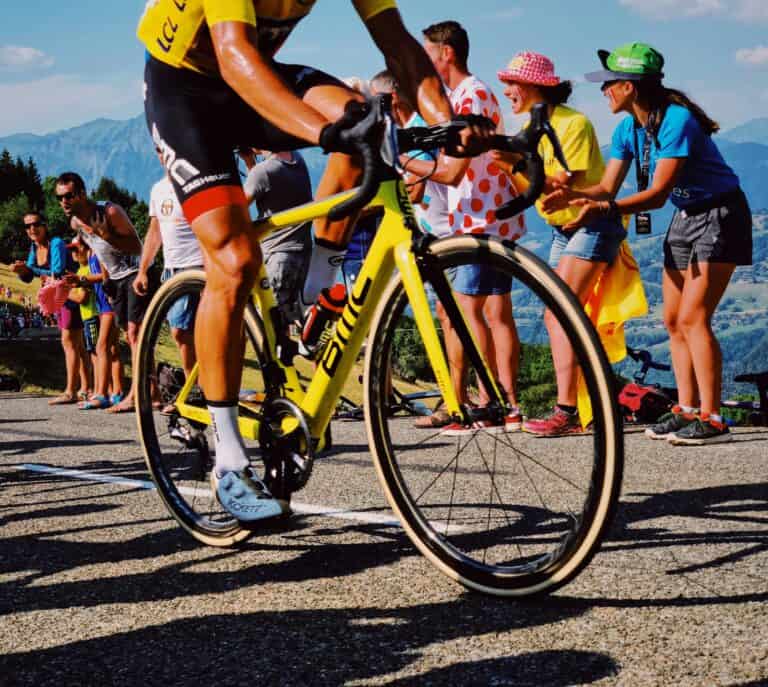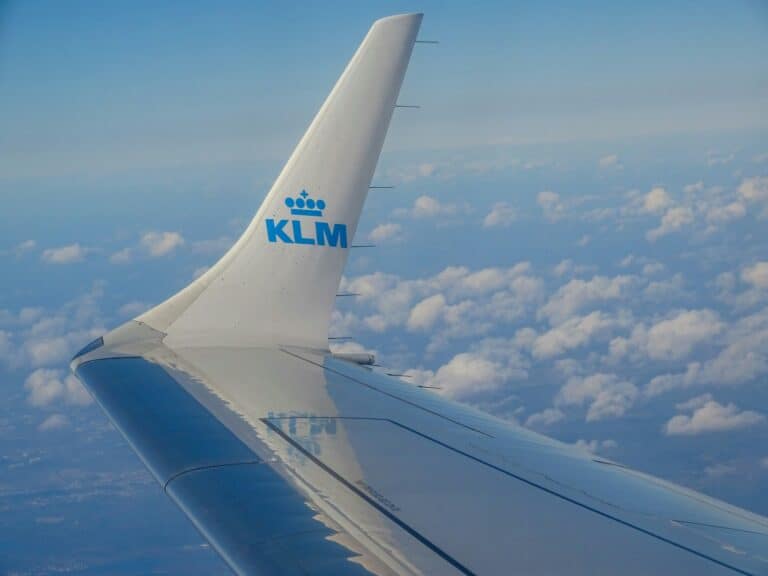Kate Leeming is an athlete, adventurer and author.
The Melbourne native has held a deep fascination with Africa from a young age, beginning with the work of paleoanthropologist Mary Leakey and the ‘Nutcracker Man’ at Oldduvai Gorge, Tanzania.
Kate organized her extreme cycling expedition Breaking the Cycle in Africa to raise awareness about the African Continent and explore all that it has to offer.
Kate’s passion for what she is doing is evident. She is on a personal quest sharing her experiences with others and making a difference along the way. In Mid-May, Kate is in Namibia for a preparatory expedition, cycling down the Skeleton Coast. She will be returning there in September the second part of her project, a humanitarian expedition to electrify a remote Herero village with solar power to bring light and eventually better access to education and economic empowerment.
What was your familiarity with this part of the world prior to your expedition?
Prior to organising and completing my 22,000km Breaking the Cycle in Africa expedition, I had not been there, but my social conscience was awoken by the Live Aid concerts in 1985. It was then that I started to want to learn more and more about the various issues and my mission was born; to cycle from west to east across Africa, from Senegal to Somalia in an unbroken line while exploring the causes and effects of extreme poverty.

What made you the most uncomfortable or made you fear for your safety on this expedition?
Overall, the biggest danger, as with cycling on any road in the world, is being hit by a vehicle. I had researched where the likely trouble spots were and ensured that we had local, NGO, or government connections in these places that could accurately advise us and work out the best security plan. There were several areas in the Sahel region where we had to proceed with caution (parts of Mauritania, Mali, Niger and Nigeria), but I never felt particularly fearful.

Through the state of Puntland I was accompanied by two bulletproof vehicles; the President of Puntland loaned us his very own security forces and security intelligence. There was a conflict going on between the government and Al-Shabab extremists and so we travelled under cover for the final 400km on unmarked tracks. In these final few days of the expedition I felt far more privileged in having had an opportunity to cross the Somali plains and excited at nearing the finish of the journey.

There was a shooting incident in the Poole Region of the Republic of Congo where Ninja rebels fired at our armed guard. That certainly got my heart rate going although I was accompanied by armed security all the way. The government pulled out all the stops to protect us.

Did you ever consider giving up and heading home ?
I have never considered giving up and wouldn’t even start organising a journey or project until I believe wholeheartedly in the mission. For Africa, I had worked solidly for 18 months on the logistics, securing sponsors, partners, and setting up an education program – I was never going to give up after such a huge personal investment and with so many people backing and believing in the project.

What did you learn about yourself and overcoming your fears?
My biggest fear was the fear of failure. Several times I had to fight to uphold my commitment to cycle every kilometre and not break the line of my journey. I believe there is good and compassion in everyone, so when negotiating with military and government officials, warlords, dodgy police and others that threatened to make me break the line of my journey, I learned to bring out their good side; always listening and remaining respectful of position and culture. I also learned to be more patient – a necessity in Africa. I certainly learned to be more adaptive to get to where I needed to go and embrace that fear of failure as being a healthy need for success. I learned to focus on “How do I get there?” rather than “What is going to stop me?”

What was your most emotional experience of your journey?
The experience of visiting Ntarama church in Rwanda where more than 5000 innocent Tutsis and non-violent Hutus, who sought sanctuary from the violence, were betrayed by the priests and systematically raped and slaughtered by Hutu perpetrators whose goal was to inflict unimaginable suffering. The Rwandan government has left the church exactly as it was found after the madness was over to remind visitors of the extreme inhumanity that occurred and should never happen again…it gave me chills.


What advice do you have for women who want to explore in this region of the world?
Be prepared and do your research before you go, as you would for any other part of the world. Listen to advice from local people whom you think are well-qualified to do so. Be adaptable and patient. Travel conservatively, in terms of don’t rush into anything and be aware of the local culture and customs. Africa is the most diverse continent on Earth; culturally, geographically and with it’s range of development issues. Too often, media will give the whole continent a bad reputation, instilling fear in travellers. Expect Africa’s 54 countries to be bright, energetic and brimming with potential. There is so much we can all learn if we adopt that “How do we get through” attitude.


